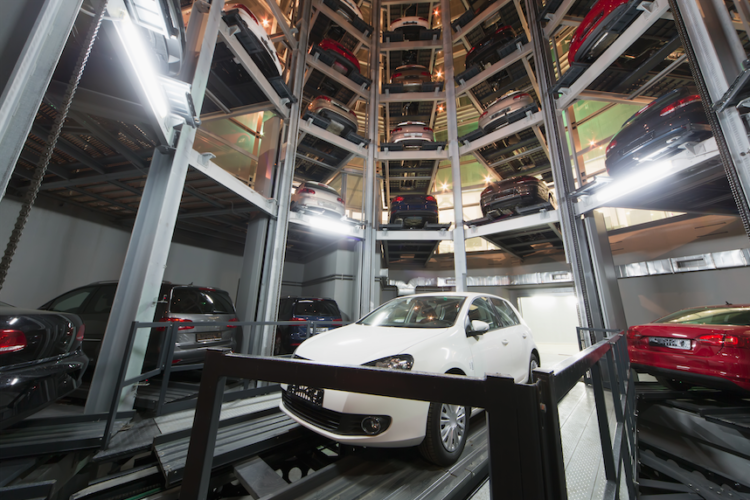While living on American soil, it’s easy to forget that life in foreign countries happens without Trump tweets and Football Sundays. So, when the conversation drifts to drivers parking their cars—the belief is that this is a hassle all over the globe. With worldwide vehicle sales breaking records, why would parking not be an issue in every industrialized nation? Despite the preemptive notion that parking sucks… Despite the fact that there are now more cars on the road than ever before… There are areas on our planet that are improving parking space utilization, providing a more environmentally friendly and technologically-advanced service, and doing it all while reducing costs.
The American Parking Industry is growing, however countries like China, Japan, and Germany have been running the game since the early 1990s. Foreign drivers in these countries are well-versed in the experience of “automated parking”—a commonplace term in other countries for the mechanical system that transports vehicles to and from parking spaces. However, “automated” or “robotic” parking is a much rarer experience in the States.
Japan, for example, has more than 1.6 million parking spots in automated facilities throughout their island nation. In China, more of these robo-parks are being installed—adding to the country’s count of nearly 200,000 automated parking structures. And Germans are no stranger to this technology, especially when visiting the Dusseldorf airport which is known for its forklift-like technology for storing cars while fliers take off abroad.
Automated parking operations have been fairly standard in these countries that tend to think about parking more as a storage issue than as parking at all. The most common robotic parking systems work semi-autonomously, where drivers or facility attendants are necessary in the process of loading the vehicle into the system. This semi-autonomous technology has been the first automated parking tech adopted within the US—exemplified with the creation of the Idora Apartments parking system in Oakland, CA.
More recently, fully-autonomous parking structures have come into play. These systems require nothing of the vehicle driver and need not a facility manager to operate the technology. On February 26, 2018 The Hive Parking Structure in San Francisco became the first of its kind in Northern, CA.
Both semi and fully autonomous robotic car parks draw on the use of vertical space rather than horizontal. Without the need for a driver to actually navigate through a parking lot or garage, the process is severely cut back. All of these facilities allow for quick access into the space, mobile parking payments, and software that can prep the vehicle to be drawn from storage when the driver needs their car returned.
While America is not quite where she needs to be when it comes to standardizing efficient parking processes; the technology is being created, tested, and advanced year after year. The newest parking tech is reducing space needed for parking, decreasing the amount of time searching for parking (thus decreasing emissions), and will save customers time and grief in the end. Soon enough, Americans will have more time for following Trump tweets and watching Football after auto-parking structures begin to pop up nationwide.

